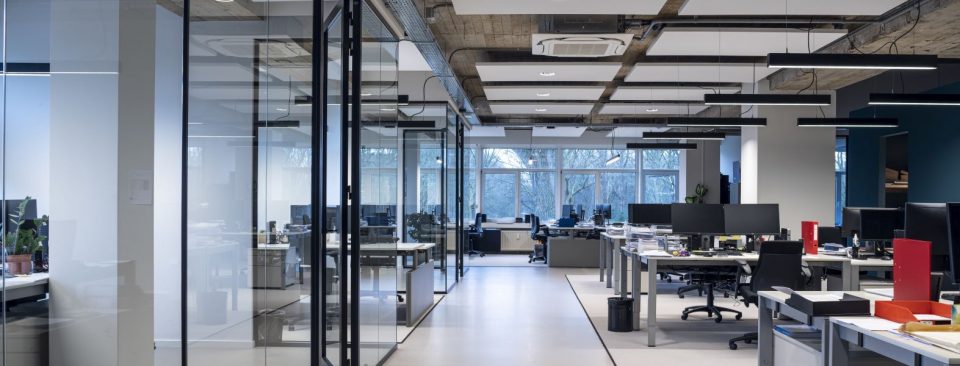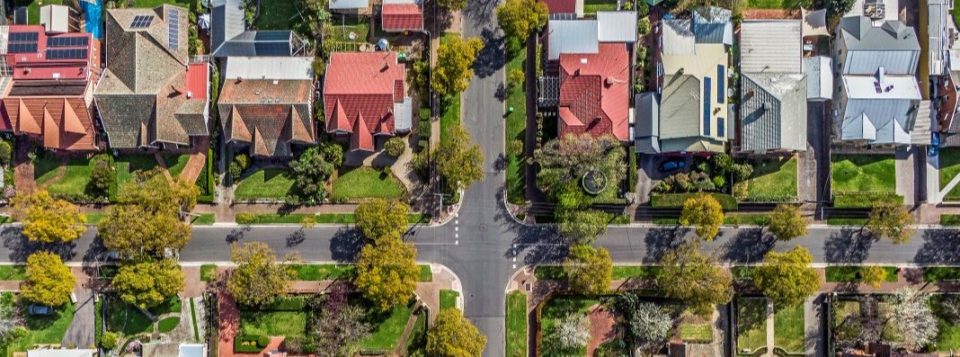For the real estate sector, an essential part of the net zero journey between now and 2050 comes with measuring, reporting and assessing the brown to green transition with the use of environmental sustainability ratings. This process really comes down to the old adage ‘what gets measured gets managed’.
In this context, there is a rapidly burgeoning industry that works to measure the environmental performance of each real estate asset.
- At a macro level, this often comes down to an aggregate rating of environmental performance. In Australia, there are well-established rating standards for commercial buildings (NABERS) and residential housing (NatHERS), somewhat comparable to the competing GRESB / LEEDS / BREEAM standards used in other parts of the world.
- There is considerable scope to improve these ratings over time. This process started earlier with energy efficiency, but the focus has progressively widened to cover water usage, indoor environment and waste management. These ratings are – for the most part – trending higher, as landlords push harder for a commercial advantage in amenities in the ongoing competition for tenants and buyers.
- Certainly, we are likely to see broader ratings coverage over time, as the present NABERS scheme only accounts for 53% of hospitals, 19% of shopping centres, 16% of data centres, 2% of offices / hotels, and just 1% of aged care facilities. The use of sustainability ratings will undoubtedly rise significantly over coming years, driven by increasingly eco-conscious investors, landlords and tenants.
This drive for better sustainability measurement and reporting serves an important end goal, by presenting the basis for comparing individual real estate assets across the country and over time, to realise better financial outcomes in occupancy, rents and pricing from operating greener real estate assets.






